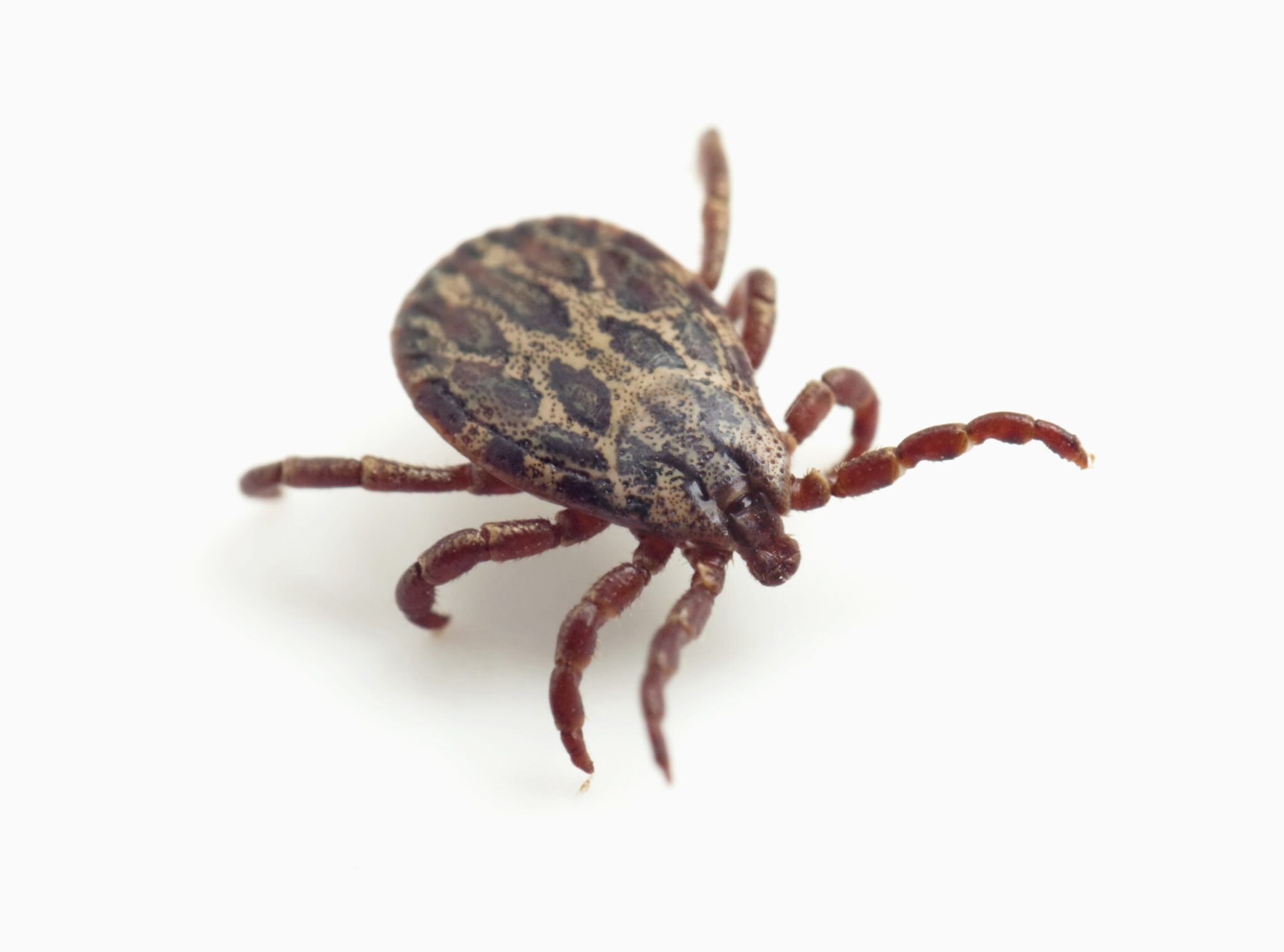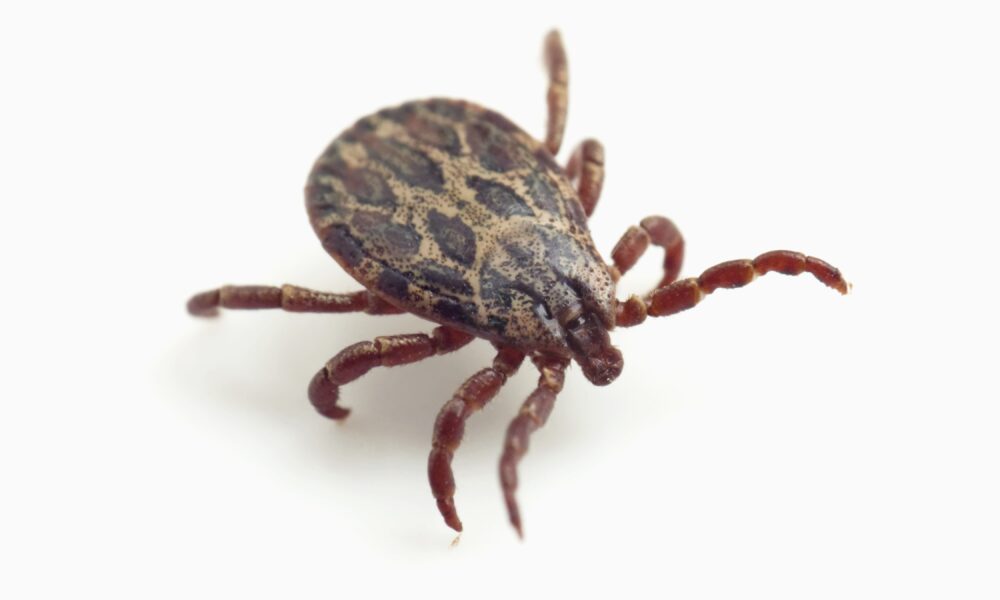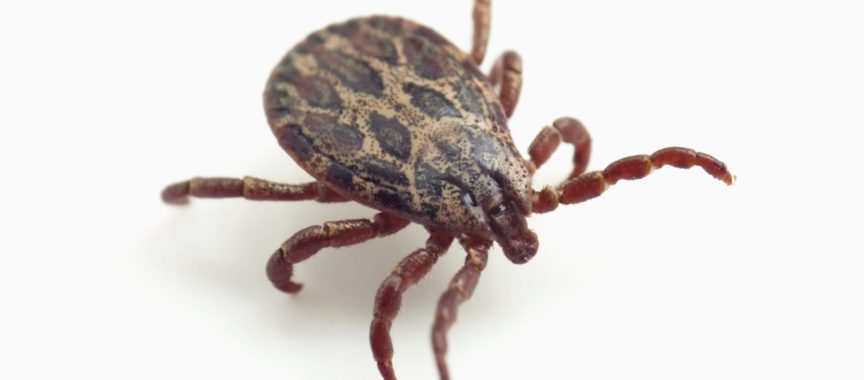News – Sheridan Media


The Wyoming Department of Health is reminding Wyoming residents to take simple steps to protect themselves, loved ones and pets from ticks when heading outdoors this spring.
In a new release, Courtney Tillman, a surveillance epidemiologist with the department, said past records show people typically start seeking medical help due to tick bites in May. Ticks in Wyoming can spread diseases such as tularemia, Rocky Mountain spotted fever (RMSF) and Colorado tick fever (CTF).
According to the WDH, tularemia symptoms include fever, swollen and painful lymph glands, inflamed eyes, sore throat, mouth sores, skin ulcers and diarrhea. If the bacteria are inhaled, symptoms can include sudden onset of fever, chills, headache, muscle aches, joint pain, dry cough, progressive weakness and pneumonia. Initial RMSF symptoms may include fever, nausea, vomiting, muscle pain, lack of appetite and severe headache. Later signs and symptoms may include rash, abdominal pain, joint pain and diarrhea. CTF usually causes fever, headache, muscle and joint pain and, occasionally, a rash.
“If you’re feeling unwell and think you might have a tick-related illness, it’s really important to tell your doctor if you’ve been in an area where ticks are common, if you’ve touched any live or dead animals or if you’ve traveled to another state,” Tillman said.
The WDH warns that ticks live in grassy, brushy or wooded areas, or on animals. People can come into contact with ticks when walking, working or playing outdoors or when handling dead or live animals.
Steps to help avoid tick-related diseases include:
Apply insect repellents registered with the Environmental Protection Agency, such as those containing 20 percent or more DEET and/or picaridin.
Treat outdoor clothing and gear with products containing 0.5 percent permethrin.
Avoid brushy areas with high grass. When hiking, walk in the center of trails.
Upon returning from potentially tick-infested areas, shower and search self and children for ticks; remove if found.
To kill ticks on dry clothing, tumble dry on high heat for 10 minutes after being in tick areas. If clothes require washing, use hot water.
Check pets for ticks; use tick control products recommended by veterinarians.
Carefully handle live or dead potentially infected animals such as rabbits and rodents.
Always follow product instructions when using permethrin and insect repellents.
Tillman noted WDH tularemia, RMSF and CTF web pages each include a “tick bite assessment” tool. This tool shows how to safely remove a tick that has attached itself to the skin and explains when it’s important to see a doctor after being bitten by a tick.
“Lyme disease is a nationally significant concern that poses serious threats in certain areas. Fortunately, ticks that transmit Lyme disease are not found in Wyoming,” Tillman said.
Information from WDH about tick-borne illnesses, along with other infectious diseases, can be found by clicking here.
Last modified: May 6, 2025






